Search
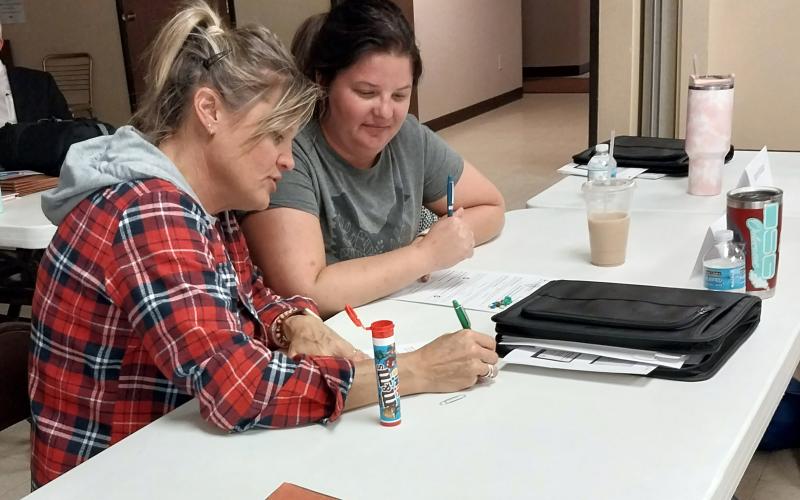
SDSU Extension to host virtual Annie’s Project for women in agriculture
December 09, 2024
Annie’s Project is designed to empower women in agriculture to be successful through education, networks and resources. All are welcome to attend.
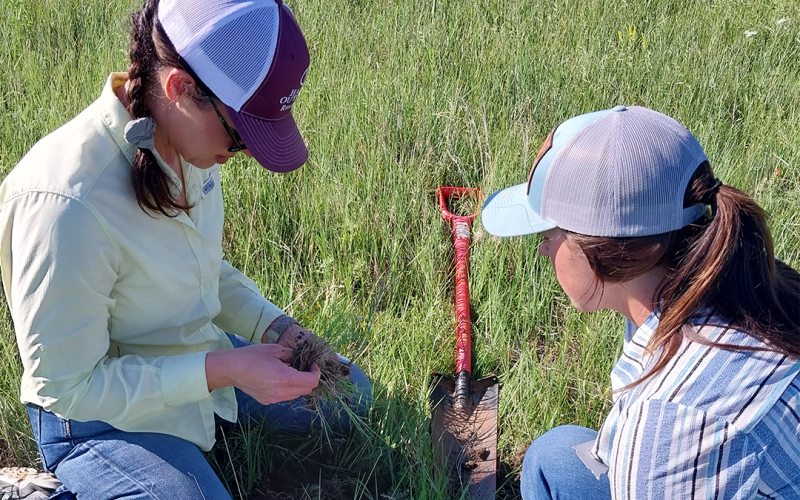
SDSU Extension to host Annie’s Project in Colton
September 06, 2024
Annie’s Project is designed to empower women in agriculture through education, networking and resources. The program helps women build the confidence to become more involved in their family’s agricultural enterprises.
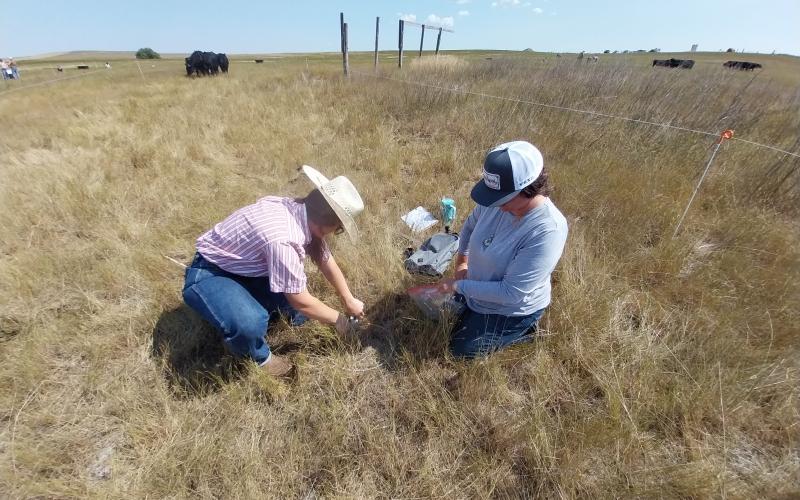
Register now for SDSU Extension Annie’s Project in Eagle Butte
September 04, 2024
Annie’s Project is designed to empower women in agriculture through education, networking and resources. Robin Salverson, SDSU Extension Cow/Calf Field Specialist, said the program helps women build the confidence to become more involved in their family’s agricultural enterprises.
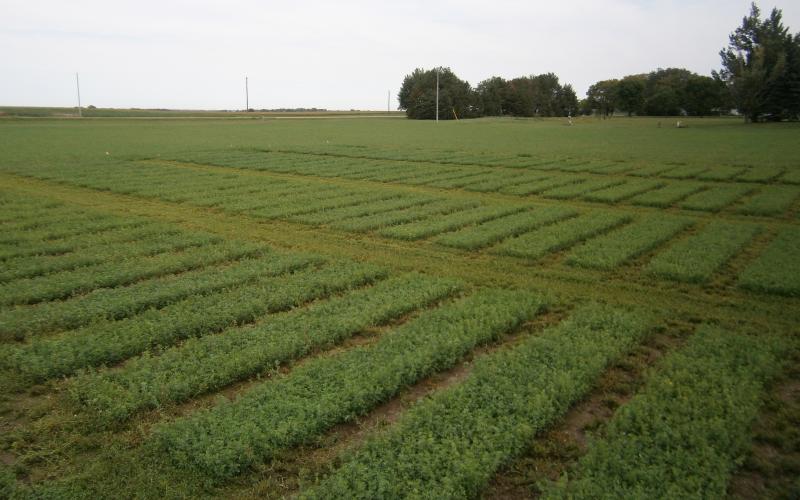
Forage Variety Trial Results
The 2025 Forage Variety Trial Results include data from different locations in South Dakota.
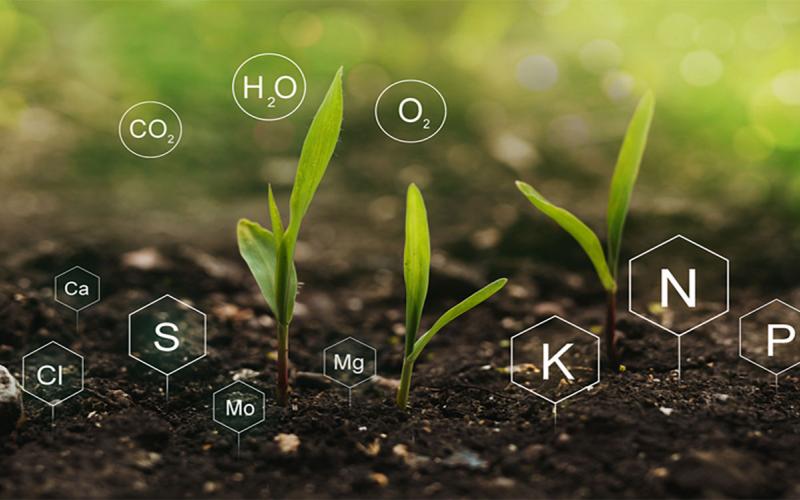
Managing Phosphorus and Other Nutrients in Gardens
Fact sheet on managing phosphorus and other nutrients in gardens.
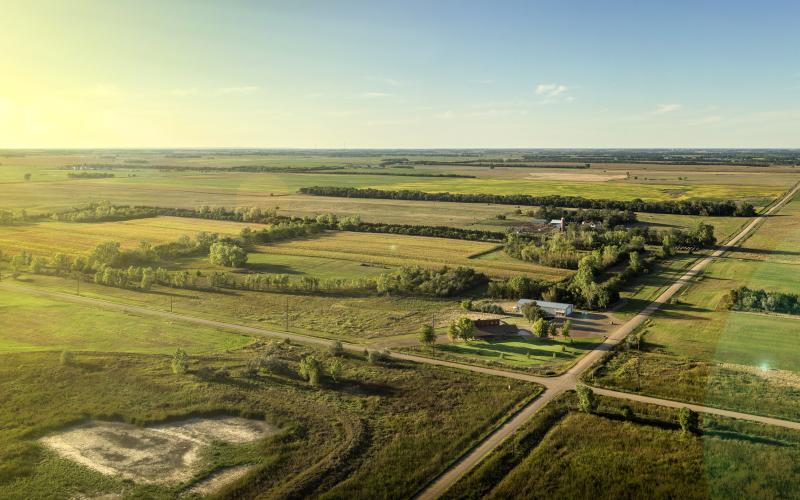
Crops
During the growing season, SDSU Extension provides weekly production recommendations.
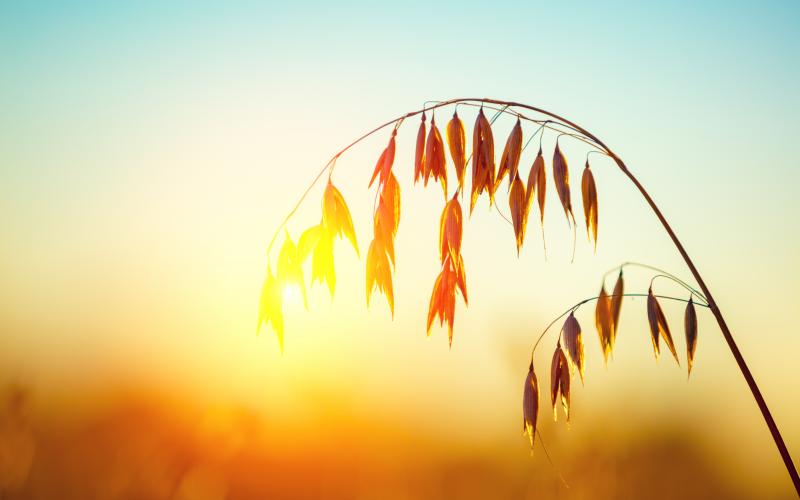
Cover Crops
The benefits of planting cover crops are numerous.

Agriculture
Both livestock and crops are essential to South Dakota's agricultural industry.
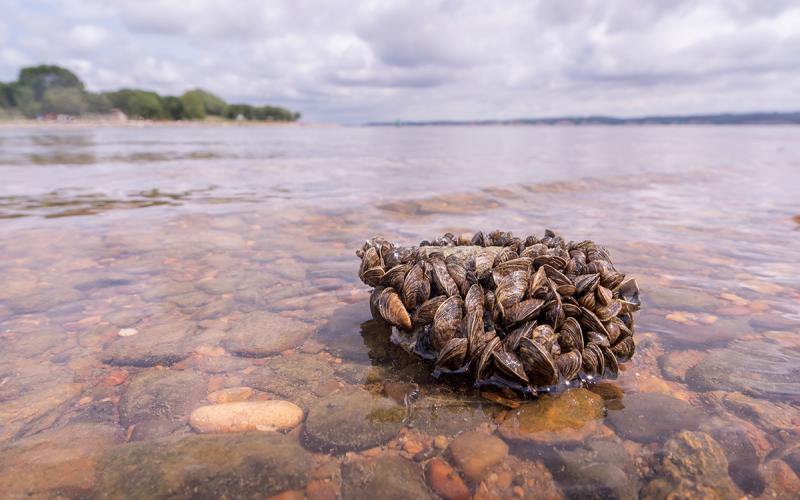
Has a New Pathway for Increased Mercury in Fish Been Found?
There is growing evidence that zebra mussels may be affecting the level of mercury in fish tissue by altering contaminant cycling in inland lakes. While the mechanism of this increase needs to be further studied, it likely means that fish consumption advisories will increase for those lakes invaded by zebra mussels.
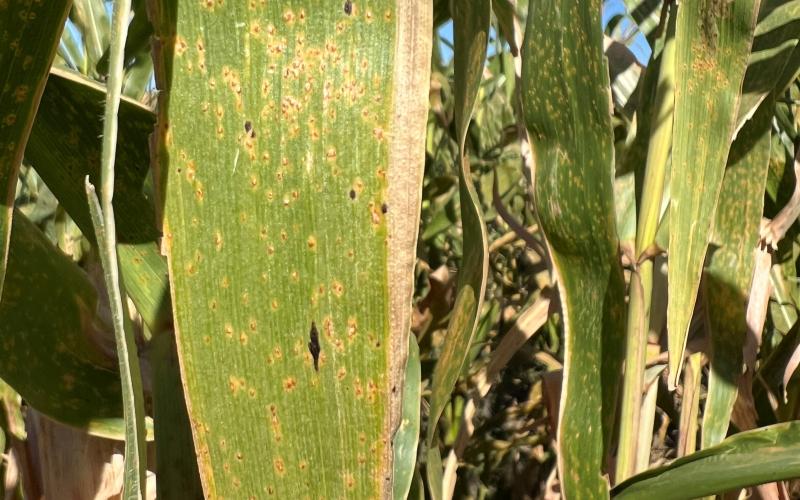
SDSU Extension to host corn disease scouting workshop
September 23, 2025
South Dakota State University Extension will host a scouting session for corn diseases confirmed in the state this season.